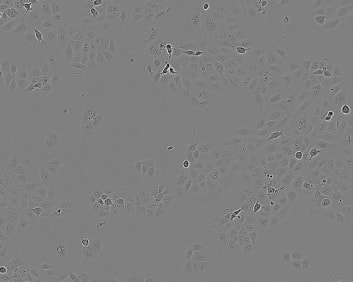1-7HB2 Cell Line
Invented by Prof Joyce Taylor-Papadimitriou from King's College London
Invented at Cancer Research UK London Research Institute: Lincoln's Inn Fields
- Datasheet
- References (2)
- Inventor Info
Info
| Catalogue Number | 151445 |
| Parental Line | MTSV1-7 |
| Host | Human |
| Tissue | Breast |
| Disease Keywords | Normal |
| Model | Immortalised Line |
| Relevance | The 1-7HB2 cell line is a clonal derivative of the human mammary luminal epithelial cell line MTSV1-7 identified by screening for branching morphology. It is a potent tool for in vitro study of branching morphogenesis of human mammary epithelial cells and the role of integrins in mammary morphogenesis. MTSV1-7 is a clonal non-tumourigenic cell line developed by immortalizing luminal epithelial cells cultured from milk using the SV40 T antigen. The cell line forms branching structures in the presence of fibroblast cultures or fibroblast-conditioned medium and forms spheroids in collagen type I gels. |
| Research Area | Cell Structure and Motility, Structural Biology |
| Growth/Phenotype Keywords | Morphology, adhesion properties |
| Recommended Growing Conditions | DMEM + 2mM Glutamine + 10% Foetal Bovine Serum (FBS) + Hydrocortisone (5 µg/ml) + Bovine Insulin (10 µg/ml). |
| Cellosaurus ID | CVCL_2261 |
References: 2 entries
Bartek et al. 1991. Proc Natl Acad Sci U S A. 88(9):3520-4. PMID: 1708884.
Efficient immortalization of luminal epithelial cells from human mammary gland by introduction of simian virus 40 large tumor antigen with a recombinant retrovirus.
Europe PMC ID: 1708884
Add a reference
References: 2 entries
Bartek et al. 1991. Proc Natl Acad Sci U S A. 88(9):3520-4. PMID: 1708884.
Efficient immortalization of luminal epithelial cells from human mammary gland by introduction of simian virus 40 large tumor antigen with a recombinant retrovirus.
Add a reference







